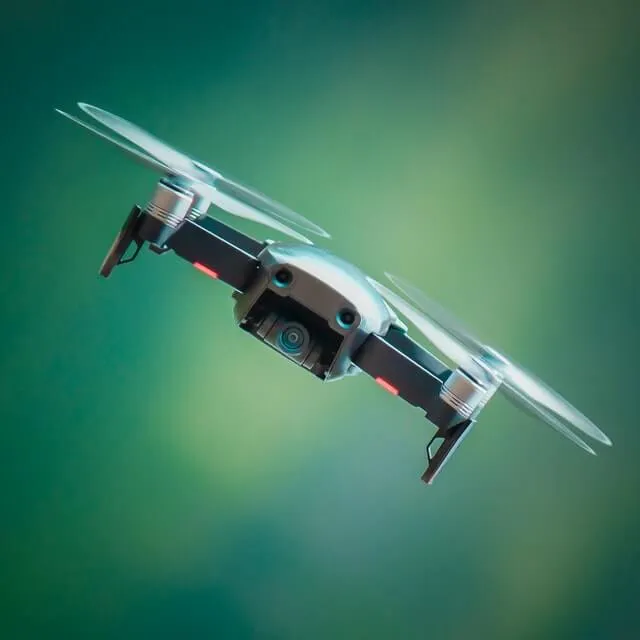

When exploring drone insurance, we know there are countless questions that can come up. That's why we've compiled a list of the questions customers frequently ask the SkyWatch team and provided clear, informative answers. We hope this makes it easier and more enjoyable for you to find the information you need.
Where is SkyWatch.AI insurance active?
SkyWatch is available for residents/companies with permanent US addresses. We also have options for clients in selected parts of Canada.
US coverage is available in annual, monthly and hourly (on-demand) variations. In Canada, SkyWatch policies are available in monthly and annual variations exclusively.
Which drones can I fly with SkyWatch?
We cover most drones that comply with FAA regulation (under 55 pounds). Custom-built/Home-built drones, and drones without a serial number can be covered for third party liability but cannot be listed with hull coverage. Manufactured drones with no serial number can potentially be referred for special approval through support@skywatch.ai.
How many drones can I operate?
When purchasing a SkyWatch policy, your Liability premium will be based on the number of drones owned and operated by the insured. SkyWatch offers coverage for small schedules (1-2 drones), medium schedules (4-5 drones) and larger schedules/fleets (6+ drones). Even if one of the insured's drones is not used in a particular month, the Liability premium will still be based on the total number of drones in the inventory.
Can I fly my drone indoors and still be covered?
SkyWatch.AI offers indoor coverage through our monthly and annual plans. Indoor operations over people will require additional underwriter review. Indoor coverage can be added to on-demand hourly policies when purchasing through the mobile app. You can do this right through the policy customization screen. Upon activating your policy with indoor coverage, the endorsement will be included in your policy. (Note: you will be asked to give a brief description of your operations.)
If another person flies my drone, will the flight be covered?
Any person and or organization authorized as the policyholder (named insured)or additional insured will be covered by the policy.

Additional coverages: medical expenses & personal injury
SkyWatch.AI offers upgraded coverage such as increased Medical Expenses and Personal Injury. Standard SkyWatch.AI policies provide Medical Expenses at $500 per person. For an additional premium, this can be increased to $1,000/$2,000/$5,000 per person. Similarly, our policies provide Liability for Personal and Advertising Injury at $25,000 per occurrence. This too can be increased to $100,000.
How to schedule/pre-book an hourly insurance policy?
- Pre-booking an insurance policy allows you access your policy document and certificate of insurance up to 60 days before your flight date. Hourly policies can be pre-booked exclusively via the mobile app.
- How to pre-book an hourly drone insurance policy:
- Enter the Hourly Insurance tab of the mobile app
- Click on the magnifying glass to enter your exact flying location
- Select your area and press 'GO'
- Under the Start section on the Insurance details screen you will see that 'Now!' is selected. This will active the insurance immediately.Press Schedule to plan your insurance for a later date.
- Choose a date and time for your insurance (at least 1 hour from current time). Press confirm to continue.
- Press 'Get Insured' at the bottom of the screen to purchase the policy.
How do I decide if I should file a claim or not? What are my deductibles?
- When filing a hull claim, pilots will always be responsible for paying the given deductible. If the drone or equipment is a total loss then you will be sent a check for the total value of the drone minus your deductible. The policy deductible is 10% of the insured value. The exact amount can be found on the Physical Damage Coverage Endorsement of your policy. After sending a representative a quote, you will be sent a check for the repair minus the value of the deductibles.
- In some cases, the drone repair amounts to less than the deductible itself. In these cases, it is usually best to not follow through with a claim. This is of course up to each policyholder to decide.
If you still have more questions check out the FAQ page so you can fly your drone with peace of mind!










